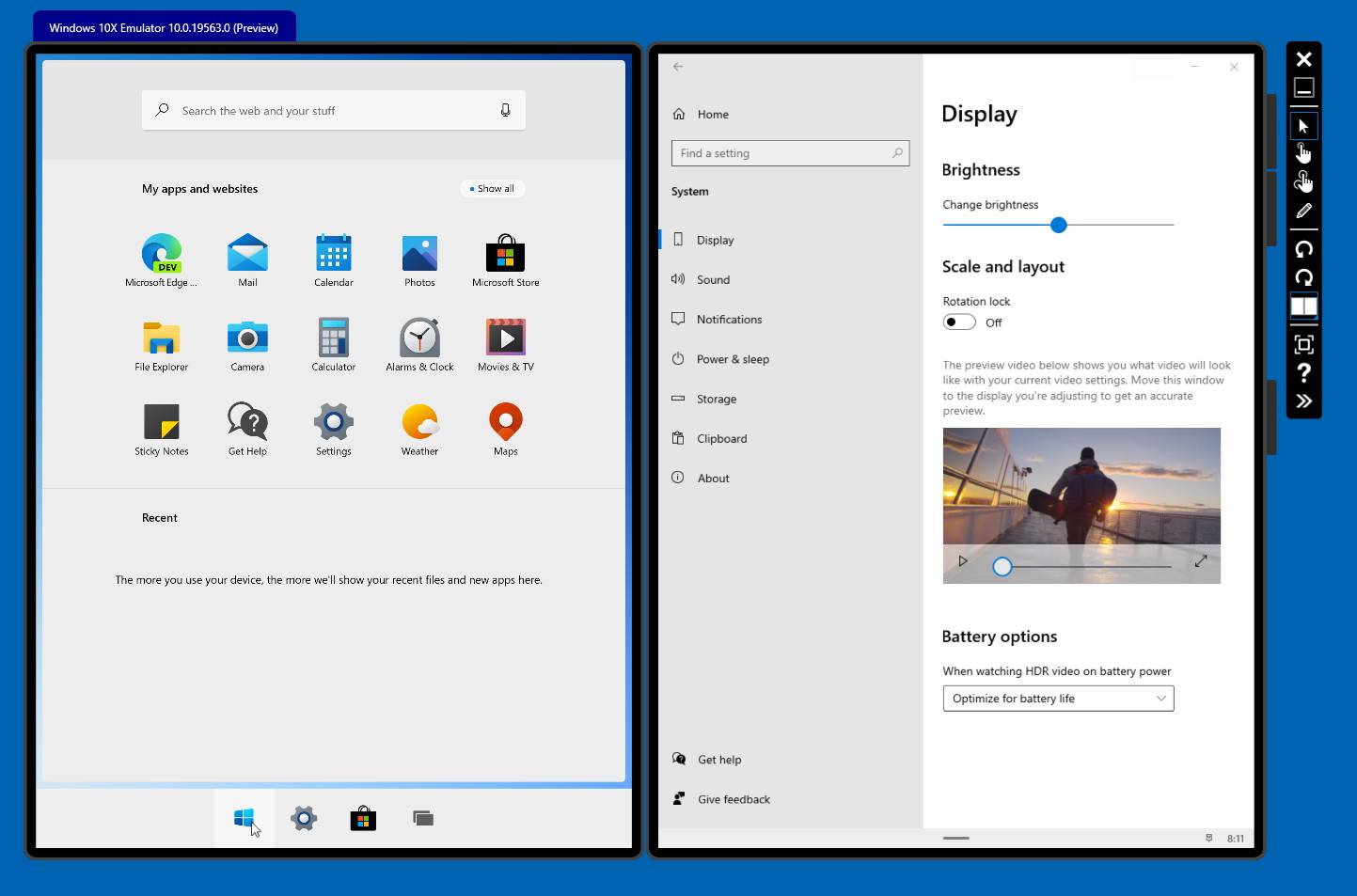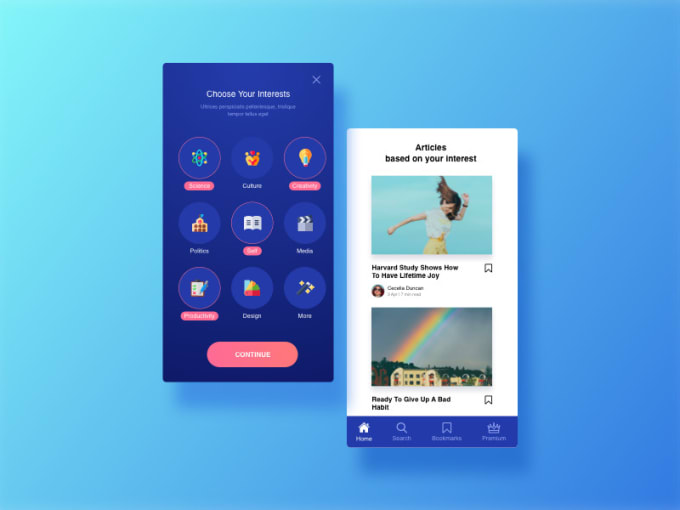
- REACT NATIVE TABVIEW FULL SCREEN HOW TO
- REACT NATIVE TABVIEW FULL SCREEN INSTALL
- REACT NATIVE TABVIEW FULL SCREEN MOD
Note that while it's easier to use, it is not as flexible as using the library directly. React Navigation integration can be achieved by the react-navigation-tabs package. Quick Start import * as React from 'react'
REACT NATIVE TABVIEW FULL SCREEN INSTALL
As such, we scored react-native-tab-view popularity level to be Influential project. npm install react - navigation / material - top - tabs react-native-tab-view -save. It's super customizable, allowing you to do things like coverflow. The npm package react-native-tab-view receives a total of 176,990 downloads a week. This is a JavaScript-only implementation of swipeable tab views. My entire navigation configuration is all neatly contained in a separate JS file. Checkout the example/ folder for source code. I will use react-native-vector-icons for the icons on the tab-bar.

It's super customizable, allowing you to do things like coverflow. Record_date = models.DateTimeField(auto_now=True)Ĭhecked_by_head = models.BooleanField(default=False)Īctive = models.A cross-platform Tab View component for React Native. React Native Tab View A cross-platform Tab View component for React Native. Related_name='record_author', auto_created=True, Step 2: Now create a project by the following command.

REACT NATIVE TABVIEW FULL SCREEN HOW TO
View maps directly to the native view equivalent on whatever platform React Native is running on, whether that is a UIView,, android.view, etc. Now let’s see how to create a Top Tab Navigator: Step 1: Open your terminal and install expo-cli by the following command. Work_notes = models.CharField(_("Comments"), max_length=70, blank=True, null=True, ) The most fundamental component for building a UI, View is a container that supports layout with flexbox, style, some touch handling, and accessibility controls.

Work_scope = models.FloatField(blank=True, null=True) Work_done = models.ForeignKey(directory.WorksType, on_delete=models.SET('deleted works type')) This includes popular / meta teams, best elemental reaction parties, team builds. Related_name='worker_do', default=settings.AUTH_USER_MODEL Period = models.ForeignKey(directory.Period, gradlew genSources after adding the dependency to my repositories and dependencies sections of my adle Restarting IntelliJ and clearing my cache Searching for the dependency in IntelliJ using the "Generate Dependency" tool (the dependency did not come up even when I copied the exact link to it)įiles in Question: adle (trimmed to only contain relevent sections) I feel as if this is likely a beginner mistake, but I have not been able to find a solution on the internet.

When I added the dependency to my project, I recieved the error, "Cannot resolve symbol 'CottonClientScreen'" which is a part of the LibGui dependency. Everything seemed to be working smoothly until I tried to add the dependency "CottonMC:LibGui" which is a dependency for making intuitive GUI's for Minecraft mods. I set up IntelliJ IDEA for Manjaro linux and set up my adle.
REACT NATIVE TABVIEW FULL SCREEN MOD
I have been trying to re-familiarize myself in Java and decided to tackle making a Minecraft mod as it seemed fairly simple. Christian Asks: IntelliJ "Cannot resolve symbol 'CottonClientScreen'" for fabricMC minecraft modding


 0 kommentar(er)
0 kommentar(er)
